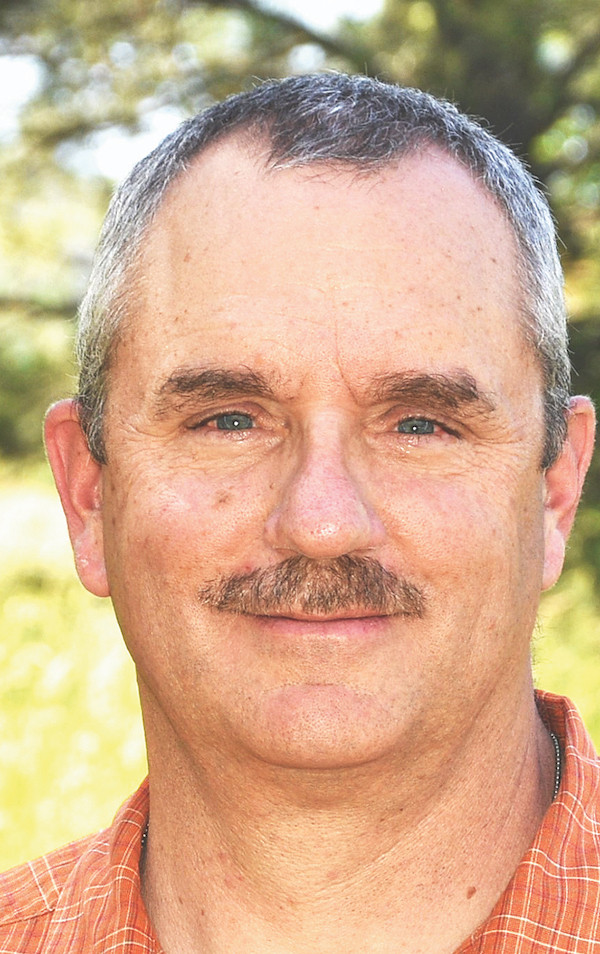Fire restrictions explained

I’ve been seeing the smoke column from the large wildfire in New Mexico for several days. Unfortunately, the area is experiencing nearly unprecedented dryness and it appears that the fires there will be burning for quite some time. One hundred plus miles to the north of the nation’s largest wildfire, it is also fairly dry here in the San Luis Valley and our surrounding mountains. Regardless of the fact that we are experiencing less drastic conditions than those south of us, the Rio Grande National Forest announced the initiation of Stage I fire restrictions on Friday, May 13. The intent of all fire restrictions, or “fire bans” as they’re commonly called, is to prevent unwanted wildfires as a result of either carelessness or actions by people that didn’t know of the fire risk and potential consequences. And the consequences can be high. The bottom line is that a “forest order” or special law is in effect and the intent is clear; be careful with activities that are known to start fires.
Navigating fire restrictions from the various agencies and governmental jurisdictions can be confusing for the public. I’ve worked diligently throughout my career to help coordinate the prohibitions that all of these organizations enact when it comes to fire restrictions. We’ve come a long way in the past 20 years, and now we find that, primarily, the only differences we see in the laws are attributed to variances that may not apply in each jurisdiction. To find information about fire restriction on a statewide basis, I invite you to visit the Fire Bans & Danger page hosted by the Colorado Division of Homeland Security and Emergency Management: http://www.coemergency.com/p/fire-bans-danger.html. Let’s take a closer look at what the various stages of fire restriction mean as they apply to the Rio Grande National Forest.
Stage I fire restrictions recognize that conditions are favorable for human caused fires to spread quickly out of control. There are several high-risk activities that are known to cause wildfires. Campfires in undeveloped areas are the most common problem faced on many public lands that allow fires. Users sometimes choose to not attend them or not properly extinguish them, allowing weather and adjacent fuels to influence the fire’s ability to escape. And escape they do. Despite the high awareness of wildfires, we’ve experienced an increasing number of campfire-caused wildfires nationally. Restricting this activity regardless of who is being careful or not, is the best tactic to address the problem. It is ok to use gas or propane fueled stoves to cook with.
Other activities that are prohibited under Stage I fire restrictions include smoking in hazardous areas, using a chainsaw without a functioning spark arrestor, and using welding, cutting or blasting tools in hazardous areas. Many people tell me that these activities are just so obvious that we shouldn’t have to mention them, but we continually see these high-risk activities during times, and in locations where fires could easily spread out of control. Thus, the restrictions. And then the conditions get worse.
We enter Stage II fire restrictions when the risk of having campfires in those controlled developed sites becomes more dangerous. Should a fire escape the confines of the constructed fire ring, the risk to human lives is much greater since there are more people in a concentrated area. The risk of damage to the facilities and landscape is also higher. So, no more fires are allowed in these sites. We’ll also restrict the use of any internal combustion engines without spark arrestors and vehicle parking to areas clear of all vegetation. Yes, vehicles regularly start fires too. You still can cook with stoves that have a shut-off valve to the fuel source.
Finally, we have a Stage III fire restriction that would be the full closure of the National Forest. As of this writing, the Carson National Forest in New Mexico is moving to this extreme strategy. I don’t even want to think about when we might have to consider that for the Rio Grande. But here we are, going into Stage I fire restrictions and, I suspect, we’ll have the need to elevate them to Stage II in the future. As a resident of this fine area we call home, I’m pleading with you all to be very careful when
outside activities that could start a wildfire. It’s a long time until the monsoon. If we all do our part, we’ll make it there without a human caused wildfire.
Gregg Goodland is the Public Affairs Officer for the Rio Grande National Forest. An avid outdoor enthusiast, you’ll find him enjoying all public lands as often as possible.



